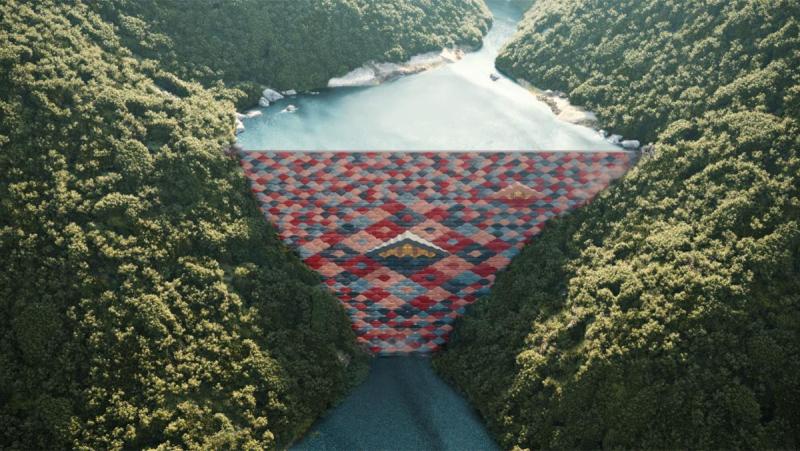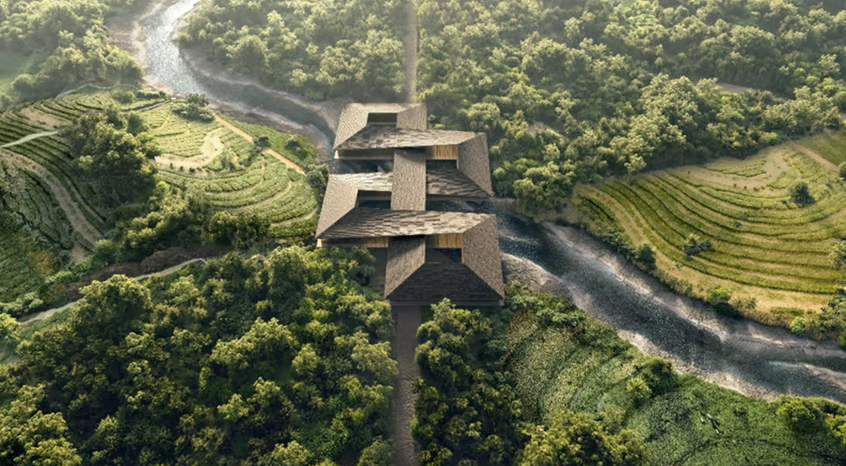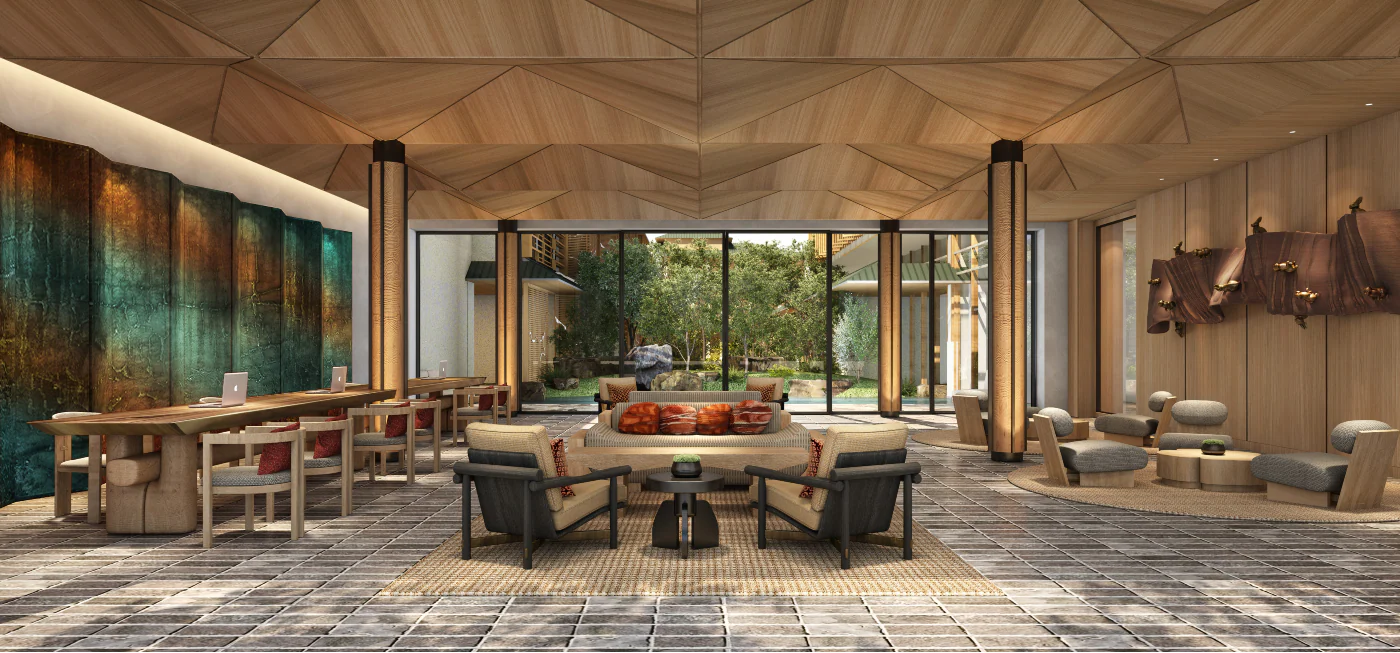The ambitious intentions to construct a novel metropolis built around mindfulness have been disclosed by Bhutan’s King Jigme Khesar Namgyel Wangchuck. Investments in renewable energy, physical and digital connectivity, infrastructure, and education will support the Gelephu Mindfulness City Special Administrative Region (SAR), an urban initiative in southern Bhutan.

Designed to showcase Bhutan as a growing economic powerhouse in South Asia, Gelephu Mindfulness City emphasises both material prosperity and the well-being of its residents in accordance with Bhutanese philosophy and the country’s “Gross National Happiness” ideology. Mindfulness City, designed by Bjarke Ingels Group, will include a series of “inhabitable bridges” that are individually crafted to meet the needs of each of the nine aspects of “Gross National Happiness.” These bridges will serve as both transit hubs and cultural and civic facilities.
A new airport, a healthcare facility, a university, hydroponic and aquaponic greenhouses illuminating local traditions, a marketplace showcasing Bhutanese textiles, a cultural hub enlightening visitors about local traditions, and a Vajrayana spiritual center offering insights into the daily rituals of mindfulness practitioners will all be nestled within these bridges.

On the western edge of the city, a hydroelectric dam will stand as the most prominent of these bridges. A temple, peaceful staircases for reflective walks, and a visitor-friendly retaining wall will all be part of it. Guests and believers can access the temple and visitor center perched on the face of the cliff via a labyrinth of separate walkways.
Gelephu Mindfulness City is an expansive 250,000-acre project in Bhutan that uses interdependent ecosystems to promote biodiversity. Eleven communities are defined by the winding course of 35 rivers and streams that run through the area. The Mandala’s principles will be followed by these ribbon-like neighborhoods, which will descend from hillsides into valleys like terraced paddy fields. From the north, sparsely spaced buildings will give way to denser urban constructions in the south, all orchestrated by symmetrically ordered typologies centered on public areas. As an added bonus, paddy fields along rivers and tributaries would reduce the likelihood of flooding during monsoon seasons and act as refuges for biodiversity, protecting the pathways used by native animals during migration.
The people of Bhutan hope that Gelephu will one day be known as the world’s best “Modern Buddhist Lifestyle Destination,” a place where people may recharge their spiritual, physical, and mental batteries. Gelephu Mindfulness City, situated between Royal Manas National Park and the Phibsoo Wildlife Sanctuary, would also provide easy access to Thimphu from Paro Airport, making it an ideal starting point for visitors to Bhutan’s breathtaking natural beauty.
Groundbreaking for the new international airport took place on December 23, 2023, marking the beginning of Gelephu’s path to development. Gelephu already has hotels and other tourist infrastructure, but it will grow naturally to accommodate the increased traffic and demand caused by its growing popularity.








